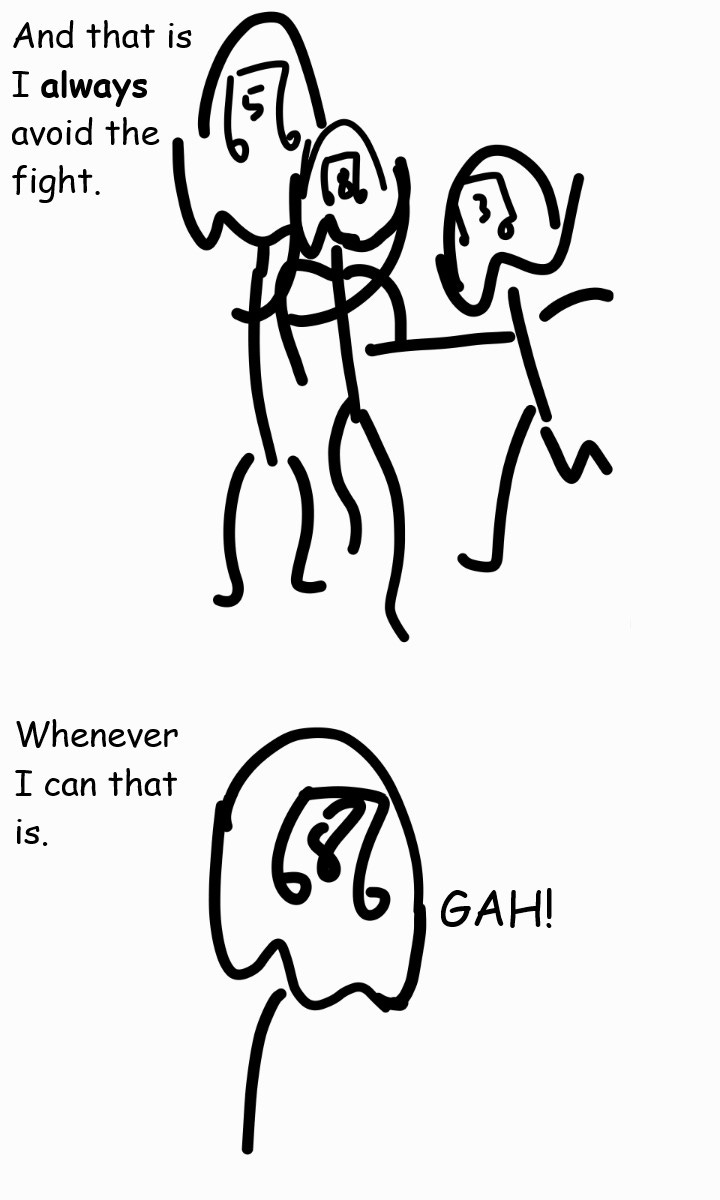
There are three main subtypes: clippings, acronyms and initialisms. You may recognise Alzheimer’s, atlas, cheddar, alsatian, diesel, sandwich, mentor, svengali, wellington and boycott as eponyms – but did you know that gun, dunce, bigot, bugger, cretin, currant, hooligan, marmalade, maudlin, maverick, panic, silhouette, syphilis, tawdry, doggerel, doily and sideburns are too? (The issue of whether, and for how long, to retain the capital letters on eponyms is a thorny one.)Īn increasingly popular method. Thanks to social media, a similar fate has recently befallen friend, which can now serve as a verb as well as a noun (“Why didn’t you friend me?”). The word giant was for a long time just a noun, meaning a creature of enormous size, until the early 15th century, when people began using it as an adjective. Taking a word from one word class and transplanting it to another. Thus the crane, meaning lifting machine, got its name from the long-necked bird, and the computer mouse was named after the long-tailed animal. Taking a word from one context and applying it to another. It’s mostly nouns that are formed this way (fiddlestick, claptrap, carbon dating, bailout), but words from other classes can be smooshed together too: into (preposition), nobody (pronoun), daydream (verb), awe-inspiring, environmentally friendly (adjectives). Typically, compound words begin life as separate entities, then get hitched with a hyphen, and eventually become a single unit.

Some linguists propose a separate category for lexicalisation, the turning of an affix into a word (ism, ology, teen), but it’s really just a type of back formation. A similar process brought about pea, liaise, enthuse, aggress and donate. The noun sleaze, for example, was back-formed from “sleazy” in about 1967. The inverse of the above: the creation of a new root word by the removal of a phantom affix. The commonest method of creating a new word is to add a prefix or suffix to an existing one. All new words are created by one of 13 mechanisms: If our knowledge of the who is limited, we have a rather fuller understanding of the how.

But the fact is, we have no idea who to credit for most of our lexicon. It should come as no great surprise that writers are behind many of our lexical innovations.


Geoffrey Chaucer (universe, approach), Ben Jonson (rant, petulant), John Donne (self-preservation, valediction) and Sir Thomas More (atonement, anticipate) lag behind. It’s generally agreed that the most prolific minter of words was John Milton, who gave us 630 coinages, including lovelorn, fragrance and pandemonium. Shakespeare is often held up as a master neologist, because at least 500 words (including critic, swagger, lonely and hint) first appear in his works – but we have no way of knowing whether he personally invented them or was just transcribing things he’d picked up elsewhere.


 0 kommentar(er)
0 kommentar(er)
